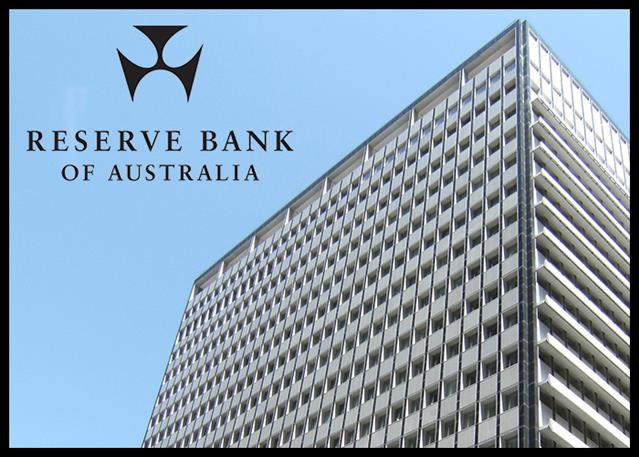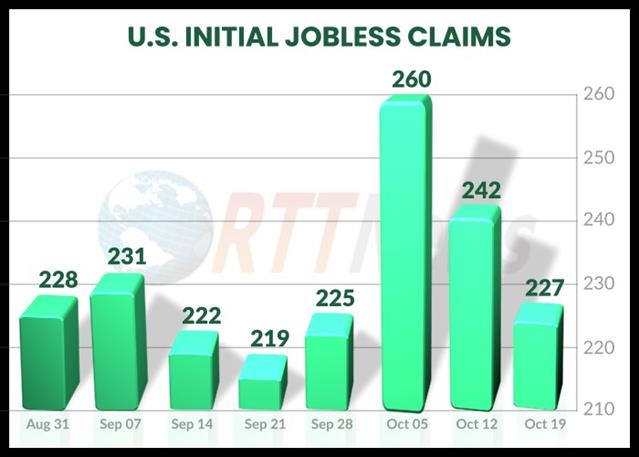RBA Board Considered Rate Hike, Minutes Show
Policymakers of the Reserve Bank of Australia considered whether to hike the key interest rate by a quarter-point, but eventually decided to leave it unchanged at the board meeting in February. "The...

Policymakers of the Reserve Bank of Australia considered whether to hike the key interest rate by a quarter-point, but eventually decided to leave it unchanged at the board meeting in February.
“The case to raise the cash rate further centered on the observation that it would take some time for inflation to return to target and the labor market to full employment,” the minutes of the policy board meeting, led by Governor Michele Bullock, showed Tuesday.
The meeting was held on February 5 and 6.
Policymakers observed that that an increase in the interest rate at the February meeting could slow the growth of demand further and also reduce the risk of inflation not returning to target in an acceptable timeframe.
“Increasing the cash rate target now would not prevent the Board from easing monetary policy if the economy were to weaken more sharply than envisaged,” the minutes said.
However, members concluded that the case to leave the cash rate target unchanged was the stronger one.
At the February meeting, the policy board had decided to maintain the cash rate target at 4.35 percent.
The bank also retained the interest rate paid on exchange settlement balances at 4.25 percent.
The board noted that it would take some time before they could have sufficient confidence that inflation would return to target within a reasonable timeframe.
Members also agreed that it was appropriate not to rule out a further increase in the cash rate target.
Capital Economics’ economist Abhijit Surya said the incoming data should give the board greater conviction that it has done enough to subdue aggregate demand and curb inflationary pressures.
The economist expects the bank to start cutting rates by August, rather than in November as most analysts are predicting.
Ben Jarman, economist at J.P. Morgan, expects the board to be reluctant to rule out future increases for a while yet, citing that risks could re-emerge as the forecast return to the target band is still relatively gradual.
“Mention of potential hikes could then be sustained for a few meetings,” Jarman said.
“However, the RBA’s balanced approach to its labor market and inflation objectives makes further tightening seem somewhat unlikely.”
- Check out our free forex signals
- Follow the top economic events on FX Leaders economic calendar
- Trade better, discover more Forex Trading Strategies
- Open a FREE Trading Account


